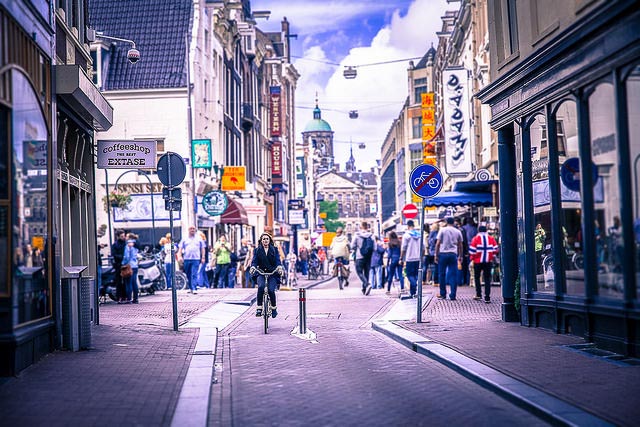While the Urban Edge strives to provide readers with daily news and insights about urban policy, we’re also voracious readers of city news ourselves. As part of a new weekly feature, senior editor Ryan Holeywell and the staff of the Kinder Institute highlight the week’s most interesting articles from around the web about urban policy and city life.
Environmental psychologist Colin Ellard makes the case against “boring” cities in Aeon, arguing that by “simply changing the appearance and physical structure of a building’s bottom three meters, (designers) can exert a dramatic impact on the manner in which a city is used.” He cites evidence that the best-designed places allow pedestrians to see something interesting every five seconds as they walk. If they don’t, he says, cities wind up being uninteresting places that fail to provide stimulation.
The most popular type of home in every major American city, charted
Washington Post's Wonkblog graphed data from the 2014 American Community Survey to show the percentage of different types of housing in every major U.S. city. It’s an interesting representation that shows how and why cities look and feel different. Philadelphia has a greater share of rowhouses than any major city, while large apartment complexes are most prevalent in New York. Oklahoma City is the leader in single-family homes, while Mesa, Ariz. is the mobile home capital of the country.
Simulation Technology Trains Police Officers To Face Real Life Situations
As police face growing scrutiny about their use-of-force, NPR visits a new, new high-tech simulator designed to give offices a sense of the emotion and stress that come with potentially violent situations before entering the field. The lifelike technology – which wraps officers in a 360 degree view and shocks them if they’re hit by gunfire the simulator – could be a valuable training mechanism. But critics say it may wind up desensitizing them.
The Complicated Business of Placemaking in a Place That Already Exists
Chicago artist Theaster Gates is hoping to turn around an empty building in Gary, Indiana, the once-thriving steel town that has suffered from decades of population loss. The plan is to develop a culinary training program and a business incubator for people who want to create restaurants and food stores. It’s one of the most ambitious projects yet for Gates, who Next City calls “a veritable rock star” in the placemaking community.
Urban Planning Inspires an Opera
The conflict between the two biggest titans of 20th century urban planning – Robert Moses and Jane Jacobs – is the subject of a new opera. The story highlights the fight between the two over a highway that would have run through Greenwich Village, which Jacobs cherished. But it also focuses on the dramatically different personalities of the figures. The show is scheduled to debut in Massachusetts next year and in New York in 2017.
Can you identify these cities from space?
CityMetric presents nighttime satellite images of some of the most recognizable cities in the world and asks visitors to identify them. Can you beat Urban Edge’s score? Probably. We scored 3 out of 10.

